Ready for the season? Get those fish stocking orders in soon
By Lochow Ranch
You might already be picturing your trophy bass Instagram snaps. But before that happens, it’s time to get your stocking plans set for the season and address any issues with your pond or lake’s inhabitants.
Springtime is a great time to assess your pond’s fish populations to ensure you’ll have decades of good fishing ahead.
As waters start to warm as we head into summer, we recommend moving forward with spring stocking orders in the next couple of weeks. That’s especially true for supplemental forage or Florida Bass fingerlings.
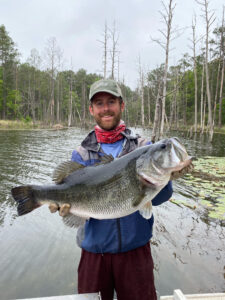
Balancing prey to predators for strong growth rates requires expert analysis of your pond management and fish stocking needs.
Our team of pond stocking technicians, biologists and other professionals at Lochow Ranch Pond and Lake Management can help you plan the perfect mix for your particular conditions and goals for your lake.
Fish stocking has been practiced for hundreds of years, and a lot of thought should be put into selecting types of fish, as well as whether to introduce non-native species.
What fish will work best in your pond or lake involves many variables, including its size, your goals, and other factors. Very small ponds under one acre have special considerations, and so do very large lakes of many acres. They must be stocked and managed in different ways and present distinct challenges.
A fish population analysis through electrofishing or gill netting will determine which species need to be stocked to bring your lake to its true trophy-growing potential.
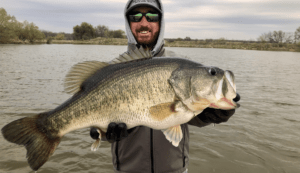
Our experts create a recommended fish stocking plan that takes into account your lake size, location, health and condition as well as your desires. Lochow offers all of the region’s most popular species of fish, such as bass, trout, sunfish, catfish, forage fish and many other species.
If you are noticing nuisance vegetation growing, this is also the right time to schedule treatments, and we offer a complete range of traditional options and natural biological alternatives based on your needs, desires and our years of expertise in dealing with similar bodies of water around Arkansas, Oklahoma, Louisiana and Texas.
Whether you want a lake completely free of weeds, or perhaps a 25 percent vegetation coverage to promote fish growth, our comprehensive vegetation control programs offer affordable and effective solutions to vegetation control and management issues that threaten the health of your pond, its fish and the desirable plant life in it.
For landowners who want to create their own fishery experience, we provide a complete, unmatched expert menu, from construction with an initial fish stocking plan to long-term pond management.
And after all the technical aspects of your fishing hole are well taken care of, please share those great Instagram snaps with us!
Why Choose Lochow Ranch for Pond & Lake Management
Serving Texas, Oklahoma, Arkansas and Louisiana, Lochow Ranch Pond & Lake Management proudly puts more than two decades of experience to work for you. Our team includes biologists, technicians and other professionals with deep expertise in pond and lake management services.
Check us out if you are considering building a lake, looking for pond stocking services, to buy fish for a pond, or getting professional pond management and maintenance or fishery management. Our services include lake design, pond construction, pond renovation, pond water testing, electrofishing, pond stocking, control of pond weeds, and pond liming and fertilizing. Let us help you build your dream pond that will delight your family and friends for generations to come.

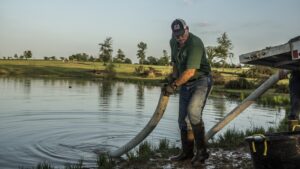
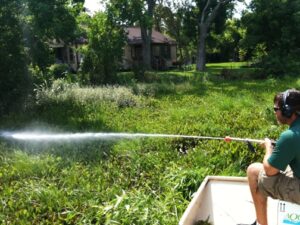 As we detailed in a
As we detailed in a 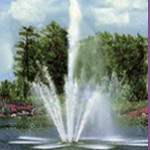 Repairs could address obvious signs of wear or just the cleaning of filters and screens. Lochow offers a range of
Repairs could address obvious signs of wear or just the cleaning of filters and screens. Lochow offers a range of 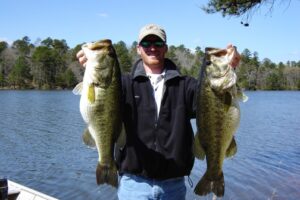
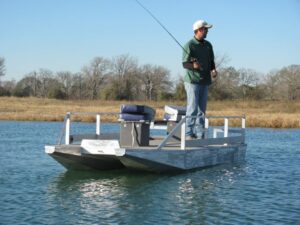 Be sure to conduct the necessary annual harvest of predatory fish to ensure that forage populations thrive. It goes without saying that no fishery can sustainably support predation from huge flocks of avian predators without some supplemental stocking from time to time.
Be sure to conduct the necessary annual harvest of predatory fish to ensure that forage populations thrive. It goes without saying that no fishery can sustainably support predation from huge flocks of avian predators without some supplemental stocking from time to time.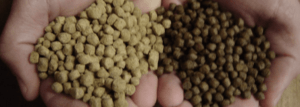
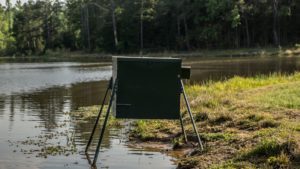 If you can visit your pond multiple times per day, every day, hand feeding will easily accomplish your purposes of feeding the fish.
If you can visit your pond multiple times per day, every day, hand feeding will easily accomplish your purposes of feeding the fish.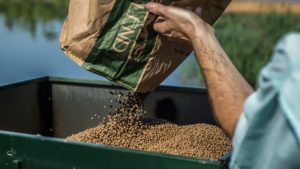 A few general principles apply: First, feed during daylight hours. Feeding during the day avoids allowing predators to grab a quick meal under the cover of darkness.
A few general principles apply: First, feed during daylight hours. Feeding during the day avoids allowing predators to grab a quick meal under the cover of darkness.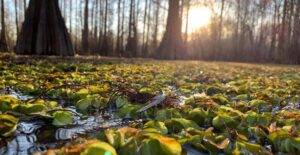

Recent Comments